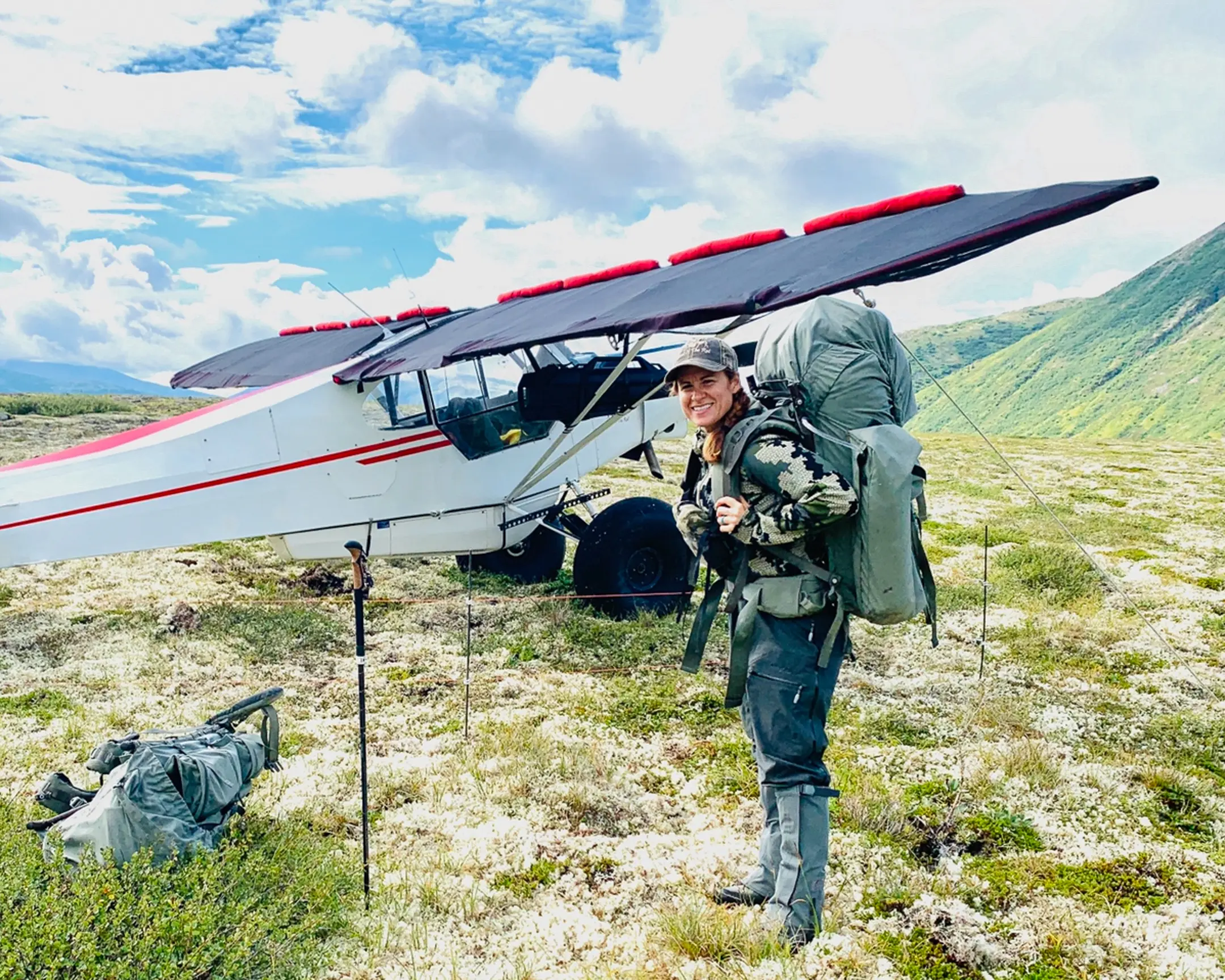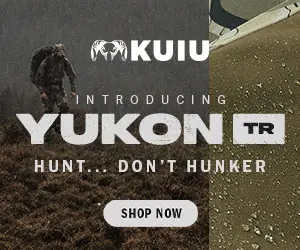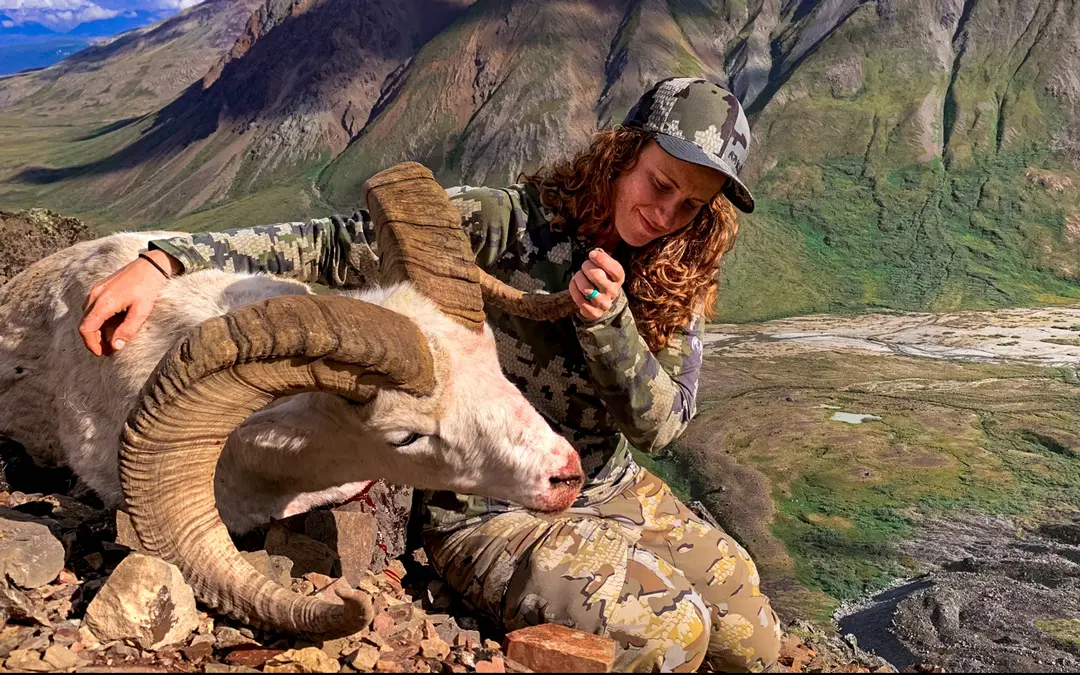
NOTICE: Certain links on this post may earn a commission for Western Hunter Magazine from Amazon or our other affiliate partners when you make a purchase. Thank you for your support.
Filming Your Own Hunts
Hunting is a primal instinct. It is something a lot of us do to get away from the world, enjoy the wilderness, and fill the freezers. It used to be a big feat to film these adventures with lots of heavy, expensive equipment, but it is becoming more popular and a lot easier. These days, it seems as though if it is not recorded, it did not happen. In the social media and online world, we are bombarded by videos of all kinds, and filming hunts is becoming more popular.
When we first started self-filming our hunts for our channel “Stuck N The Rut “ with zero experience over 10 years ago, we made every mistake in the book. We missed animals, we missed the kills shots, we even forgot to hit the record button several times, and sometimes missed that “million-dollar footage.”
Documenting a hunt on film adds another challenging element. This takes some adjustment at first but can be done with some simple steps. Here are some things to keep in mind.
Why Film Your Hunts?
There are several reasons to film your hunts and that reason may vary from person to person.
We first started filming our hunts in 2010 because we wanted our family to re-live the hunt after it was over. Experiencing the hunt for years to come would be priceless. As we did it more, we wanted to share our DIY hunts with the world. In addition, we got bored of the professional productions on the hunting TV channels. We desired to capture all of the big game hunts we did, and produce real, raw hunting footage with kill shots for others to watch, enjoy, and learn from.
Filming our hunts also added another benefit. It helped us find and track our animals. By reviewing footage, we could see where the shot hit, which way the animal ran, and we could sometimes track the animal through the footage. This was a bonus to filming that we did not expect.
As we did this for several years, we discovered that filming our hunts was not only fun, and allowed us to achieve all of the above, but it also helped us learn from our mistakes. Every hunt can be a blur when the adrenaline is pumping through our veins. As such, we tend to forget the details or the mistakes we made during intense stalks. Having footage of those times made us better hunters. We could review our kill shot placements, study the animals patterns, and review the wind in the situation. We analyzed the mistakes we made each hunt. In turn, this made us better hunters in the long run.
Lastly, these films are like a journal, photos, and a scrapbook all rolled in one. Our kids can watch the hunts we did and re-live those memories with us.
What Equipment is Needed?
If you are new to this and not a professional, I suggest keeping things simple and lightweight and fairly inexpensive. With camera equipment, weight and money adds up quickly. We currently film every hunt we do, which is primarily long backcountry hunts and we have tried several pieces of equipment over the years. Our simple setup is 10 pounds and lasts for several years.
Our setup includes a Slik Tripod with a Sirui Fluid head, and a Sony HD 4K Video Handycam with a 128GB memory card. This camera stays in a case with 2 extra charged batteries. The case is what photographers use for an extra lense. It fits the Sony well and hooks to a belt or pack belt so it is easily accessible. We pack a short USB cord to plug the camera into a battery pack if all batteries run low. We also carry a GoPro with a mini memory card with a head strap and at least 2 extra batteries.
That’s it. That equipment alone has produced 140 Stuck N The Rut Episodes on YouTube. As a bonus tip, have 2 tripod adaptor plates. One stays on the video camera at all times, and one stays on the spotting scope at all times to quickly swap them out when glassing an animal. We also carry a Phone Skope attachment for the spotting scope to get footage with our iPhone for far distance footage. We keep all the excess camera small pieces in a small dry bag that is easily accessible in the pack. Keep it light, keep it dry, and keep it simple.
Tips For Good Footage Every Time
1. Make sure to hit record
This may seem like a simple task, but whatever you do, do not forget to hit the record button. When things become a cluster, it’s an easy one to forget. This has happened more than once. It happened 10 years ago several times, and it happened as recently as last year on my sheep hunt, 10 years later. Always double-check that the red button is blinking.
2. Document Everything
Don’t be afraid to document it all. We document all parts of the hunt for our short hunting episodes. We film everything from the preparation, to every part of the hunt, the whole stalk, the kill shot, and the pack out.
3. Keep Recording
Keep recording. Keep Recording. Keep Recording. We learned this one early on and this was one thing my oldest brother stressed that we always do, yet we often fell short. Do not worry about using too much memory. Keep recording and record as much as you can. You can edit the excess video later. We made the mistake of trying to save memory by only recording what we thought would be the important video to make editing easier. As such, the camera was not ready or recording when animals would pop out or we had to execute a quick shot. If you keep the camera rolling, you can also capture your hunting partner’s falls that keep you laughing for hours. Keep recording even if you have hours of useless footage. You can edit it later.
4. Steady Footage
Stay steady. The worst footage is shaky footage. This one takes practice and is something you learn by watching your own footage repeatedly. Hence, the importance of a tripod. Even if you cannot set up the tripod in time, you can still hold or steady the closed tripod legs on the ground during a rushed executed shot (as a monopod) and keep the footage more steady than freehand.
5. Have a Backup
Have a backup camera. Our backup is a small light GoPro. Keep a GoPro on your head. Have the GoPro running with the camera going so you have a backup. There have been many times that one failed, and we had the alternate footage as a backup.
6. Designate a Cameraman
Stick to your roles and designate a cameraman. If you are not solo, designate a person to be in charge of filming the hunt. We usually film each other and take turns unless we are solo.
7. Utilize Digiscoping
If it is long-distance and the camera is not clear zoomed in fully, use the phone skope. We have been filming more kill shots on our hunts with the iPhone using a phone skope because it is very clear even at longer ranges. The main challenge here is following the animal and keeping it smooth and steady. This is where having a fluid head on the tripod comes in handy. I often practice glassing through a phone skope to brush up on my steady camera skills.
8. If Solo Be Prepared
If you are filming solo, set up the camera and tripod on record ahead of time on the animal and keep it mostly zoomed out. Avoid zooming in too close. That way you can see the animal if it moves before you execute the shot.
Find Your Unique Style and Stick to it
You don’t have to be a professional filmmaker, video editor, or videographer to video your hunts. Take it from us, a few rednecks from Idaho and Alaska that do it because we love it. Find your style and don’t listen to what the industry says you have to do.
You don’t have to film boots walking through a creek or stage silly, pointless scenes. Our style is filming things how they happen without overproduction and music disrupting nature and we’ve found our niche that way. Find your style, and stick to it.
Most of all, enjoy it. Keep hunting for the right reasons. Keep hunting as a primal instinct. Now that it’s easier than ever, it is time to add a new challenge and film those memories for years down the road and for the future grandkids to enjoy.


